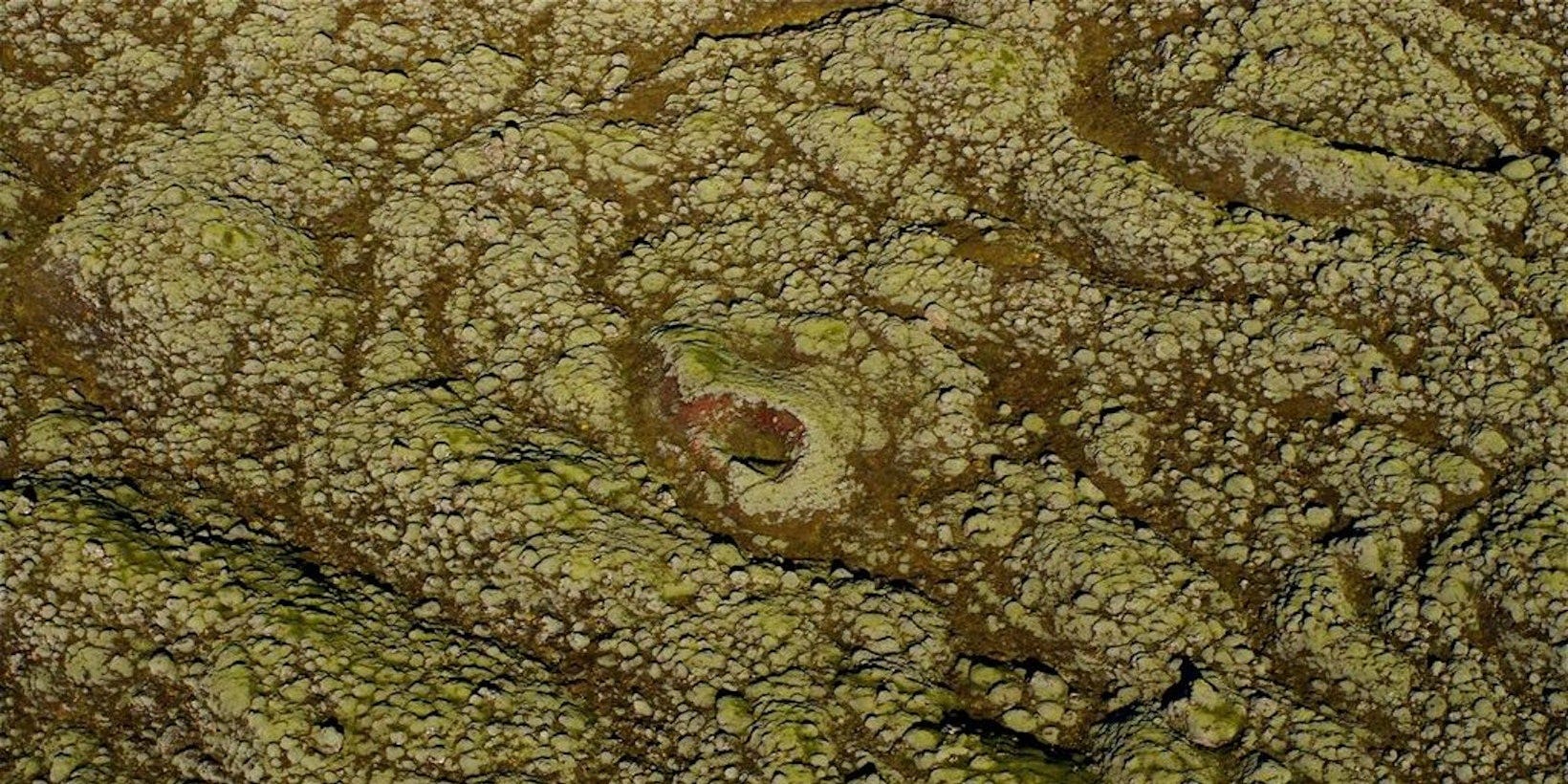Conservation of natural and cultural heritage
The natural and cultural history of the Vatnajökull National Park is unique on a global level. The nature there is shaped by heavy volcanic activity in the Mid-Atlantic Ridge and a climate defined by a confluence of warm and cold currents in the sea and air. Iceland was forged by volcanic fire and then covered by Vatnajökull, the largest ice sheet in Europe.

Vatnajökull National Park was founded with an emphasis on Vatnajökull being a core feature of the country and that the area on which it has an effect should be conserved as a whole. The events and preparations leading up to the foundation of Vatnajökull National Park took about 9 years. Plans were put in motion in 1999 when Parliament approved a resolution whereby the Minister for the Environment was given the task of considering the potential for establishing the Vatnajökull National Park. On 7 June 2008 Vatnajökull National Park was formally established.
What are national parks?
National parks are usually large areas that are mostly original and have unique nature, biosphere, landscape, geological or cultural monuments. By making the area a national park, it has been decided to protect that area and to take nature and cultural heritage into account in all construction, planning and activities. National parks are the property of the nation and are where outdoor activities, education and experiences take place. But in order to protect the living environment, experience, geological and cultural heritage, certain infrastructure and organization are needed, and sometimes access is therefore limited in certain areas.
History of national parks
National parks can be found all over the world, but the idea of national parks first came from the United States, where the first national park was established in Yellowstone in 1872. The area contains phenomena familiar to Icelanders, like geothermal areas with colorful hot springs, geysers and pools. There is also a lot of wildlife in the area and you can find wolves, forest bears and buffalo. The park is huge and covers almost 9,000 km2, but for reference Vatnajökull ice cap was 7700 km2 in 2017.
The first national park that was established according to the law on nature conservation was the national park in Skaftafell in 1967. A national park was established in Jökulsárgljúfur in 1973 and around Snæfellsjökull in 2001. Þingvellir by Öxará and the surrounding area was protected as a sanctuary for Icelanders and as a national park by law no. 47/2004, but they replaced the older law regarding Þingvellir from 1928. Þingvellir was selected as a World Heritage Site by theThe United Nations Educational, Scientific and Cultural Organization (UNESCO) in 2001 and Vatnajökull National Park in 2019. Laws regarding national parks and other protected areas is found in the Nature Conservation Act, but national parks also have independent terms depending on the circumstances. To protect the areas as best as possible for the future and take into account the surrounding conditions and society.

Tímalína yfir fyrstu þjóðgarðana í Bandaríkjunum, Svíþjóð, Noregi, Finnlandi og á Íslandi
There are three national parks in Iceland, The national park in Þingvellir was first to be established in 1930. In 2001 Snæfellsjökull National Park was established and in 1967 and 1973 national parks were established in Skaftafell and Jökulsárgljúfur, which later became part of Vatnajökull National Park in 2008.
What are the principal goals of the Vatnajökull National Park?
1. The conservation of the nature of the area, such as landscape, ecosystems, geological formations and cultural heritage.
2. To offer the general public an opportunity to explore and enjoy the nature and history of the area.
3. To promote research in the area, dissemination of educational material about the area and to encourage heightened awareness among the public about the inherent assets and uniqueness of the area.
4. To seek to strengthen local communities and the economy in the proximity of the National Park, for instance by promoting sustainable use of the natural assets of the area.

Hvernig virkar Vatnajökulsþjóðgarður?
Stjórnunar- og verndaráætlun er eitt meginstjórntæki þjóðgarðsins og verkfæri til stefnumótunar. Í áætluninni er sett fram stefna um Vatnajökulsþjóðgarð, náttúruvernd, útivist og byggðaþróun. Stefnan var mótuð í samráði við fjölmarga hagsmunaaðila. Hún snertir á ótal atriðum sem snúa að verndun og nýtingu gæða þjóðgarðsins. Einnig gerir stefnan því skil hvernig nýta megi sem best tækifærin sem verða til vegna stofnunar þjóðgarðsins, styrkja það sem fyrir er en jafnframt skapa ný. Stjórn Vatnajökulsþjóðgarðs ákvað, í samráði við umhverfisráðuneytið, að láta heiti áætlunarinnar endurspegla þessa víðu skírskotun hennar og kalla hana Stjórnunar- og verndaráætlun í stað verndaráætlunar eins og lögin gera ráð fyrir.